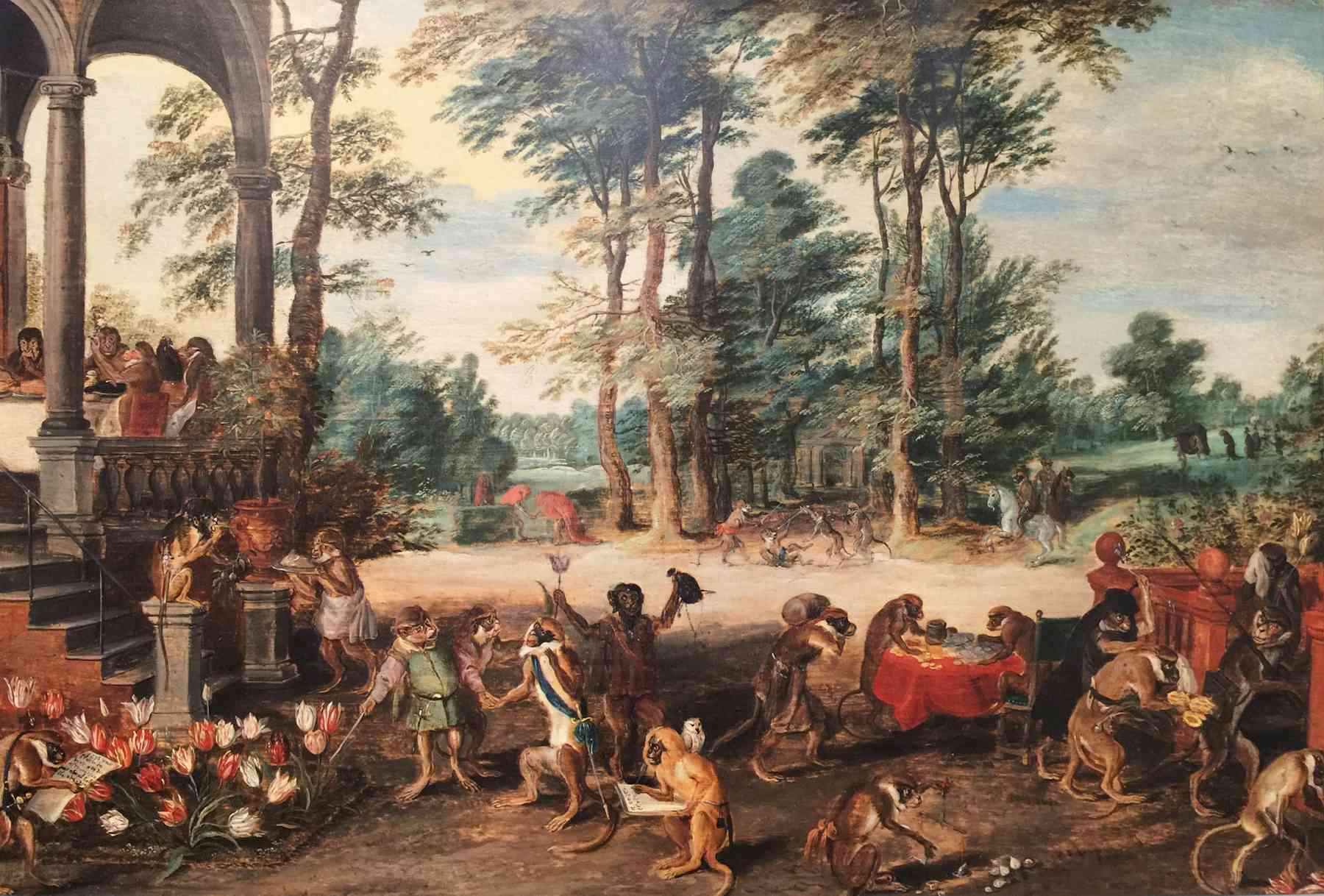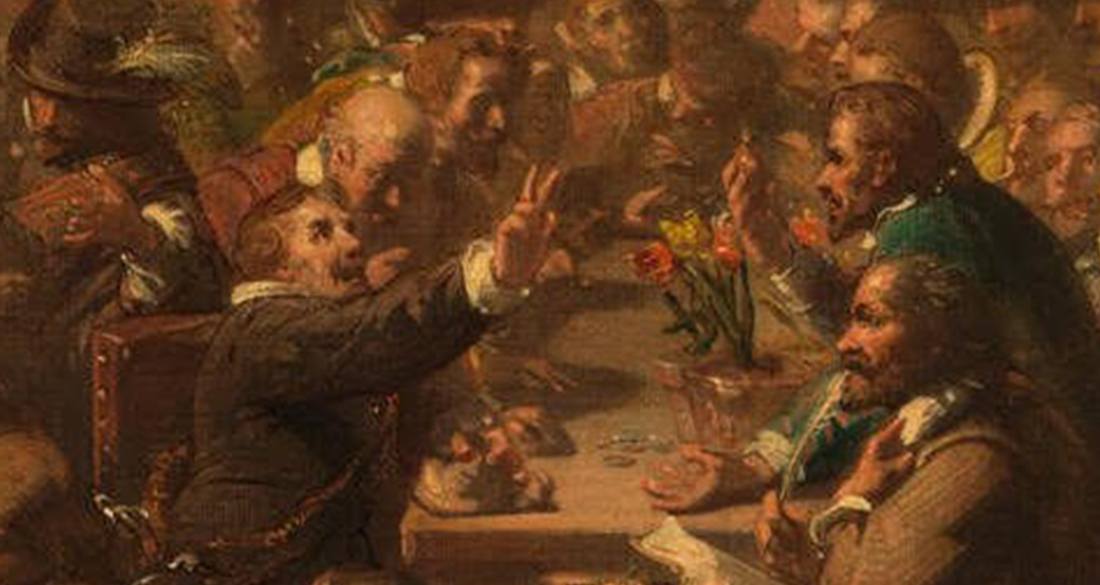Tulips cost more than houses during the dutch tulip craze in the 1600s known as tulip mania

Tulips cost more than houses during the Dutch tulip craze in the 1600s, known as “Tulip Mania”.

During the height of the Dutch Golden Age, the Netherlands experienced an extraordinary economic phenomenon known as “Tulip Mania.” This fascinating event took place in the 17th century, during a time when tulips were highly coveted and considered a status symbol. The demand for tulips skyrocketed to such an extent that at one point, tulips were being sold at prices higher than houses themselves!
The origins of Tulip Mania can be traced back to the Ottoman Empire, where tulips were first cultivated and enjoyed. In the late 16th century, the tulip bulb arrived in the Netherlands through diplomatic channels. The flower quickly gained popularity among the Dutch elite, and soon, the tulip became a symbol of wealth and prestige.

By the 17th century, the Dutch were fervently trading tulip bulbs, which eventually led to a speculative bubble. The prices of tulips surged to unimaginable heights, fueled by intense competition and a growing belief in the significant returns they could bring. People from all walks of life, including farmers, merchants, and even ordinary citizens, invested their fortunes into tulip bulbs, hoping to make substantial profits.
At the peak of Tulip Mania, the demand for tulips became so excessive that people were willing to pay incredibly high prices for rare and exotic tulip varieties. Prices reached astronomical levels, exceeding the cost of luxury homes. Limited supply and immense desire drove the tulip market to levels of irrationality and speculation that would inevitably lead to its collapse.
The euphoria surrounding tulip bulbs eventually reached a breaking point in 1637. Panic gripped the market as investors began to sell off their tulip holdings, fearing the bursting of the tulip bubble. In a matter of weeks, the tulip market crashed, leaving many individuals financially ruined. The once-booming tulip trade was reduced to near-worthlessness, resulting in severe economic consequences for individuals and the country as a whole.
Tulip Mania serves as a cautionary tale about the dangers of speculative bubbles and excessive market speculation. This historical event represents the extreme volatility that can occur when irrational exuberance takes hold in financial markets. The legacy of Tulip Mania is a reminder of the importance of rational decision-making and not succumbing to the allure of quick and unrealistic gains.
Sources:
Related Posts
Quick Links
Legal Stuff

